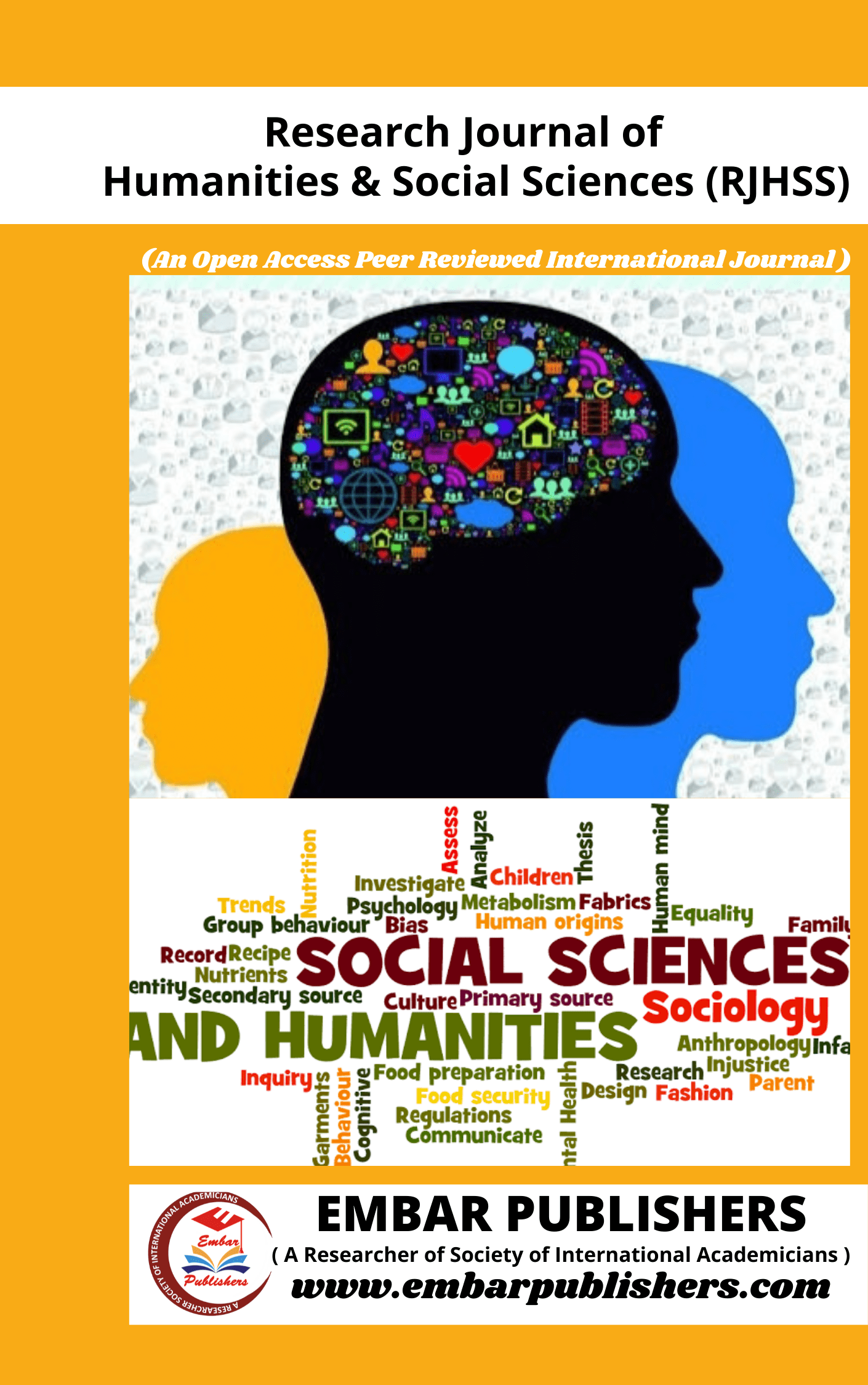
Analysis of Risk Communication and Flooding in Senegal: One Reality, Multiple Practices
Sahite Gaye1, Mouminy Camara2 ,Ndiene Ndour3
GIRMEC, CESTI , Université Cheikh Anta Diop de Dakar (UCAD) , Senegal
DOI: doi.org/10.58924/rjhss.v4.iss4.p28
Published Date: 31-Aug, 2025
Keywords: floods, risk communication, Senegal, social psychology, semiotics, public perception, state legitimacy, climate resilience
Abstract:
Floods represent a major and recurrent challenge in Senegal, particularly in densely populated urban areas such as Dakar, Pikine, Guédiawaye, and Kaolack. This study analyzes the evolution of state risk communication strategies during the presidencies of Abdoulaye Wade (2000–2012), MackySall (2012–2024), and BassirouDiomaye Faye (since March 2024), using a multidisciplinary approach combining social psychology and semiotics. Drawing on presidential discourses, official communiqués, media coverage, and public reactions, the analysis employs frameworks such as Goffman's framing theory, Tajfel's social identity theory, the Elaboration Likelihood Model (ELM), and semiotic concepts from Saussure, Barthes, and Peirce. Under Wade, communication framed floods as temporary natural events, leveraging heroic metaphors but failing to address structural issues, leading to public distrust and social divisions. Sall's approach institutionalized responses through plans like the Decennial Plan and ORSEC, yet it induced cognitive fatigue and ambiguous signs of bureaucratic routine, exacerbating cleavages. Faye's early response to the August 2025 floods emphasized empathy and direct engagement, promoting solidarity and reform, though it risks high expectations. The study highlights the strengths and limitations of these strategies and recommends proactive, inclusive communication to enhance national resilience and social cohesion amid climate challenges. Methodologically, it relies on qualitative discourse analysis with source triangulation, covering 2002–August 2025. Future research should incorporate empirical surveys and multilingual analyses.
References:

Journal: Research Journal of Humanities and Social Sciences
ISSN(Online): 2945-3968
Publisher: Embar Publishers
Frequency: Bi-Monthly
Chief Editor: Dr N.L.N Jayanthi
Language: English
ISSN(Online): 2945-3968
Publisher: Embar Publishers
Frequency: Bi-Monthly
Chief Editor: Dr N.L.N Jayanthi
Language: English
